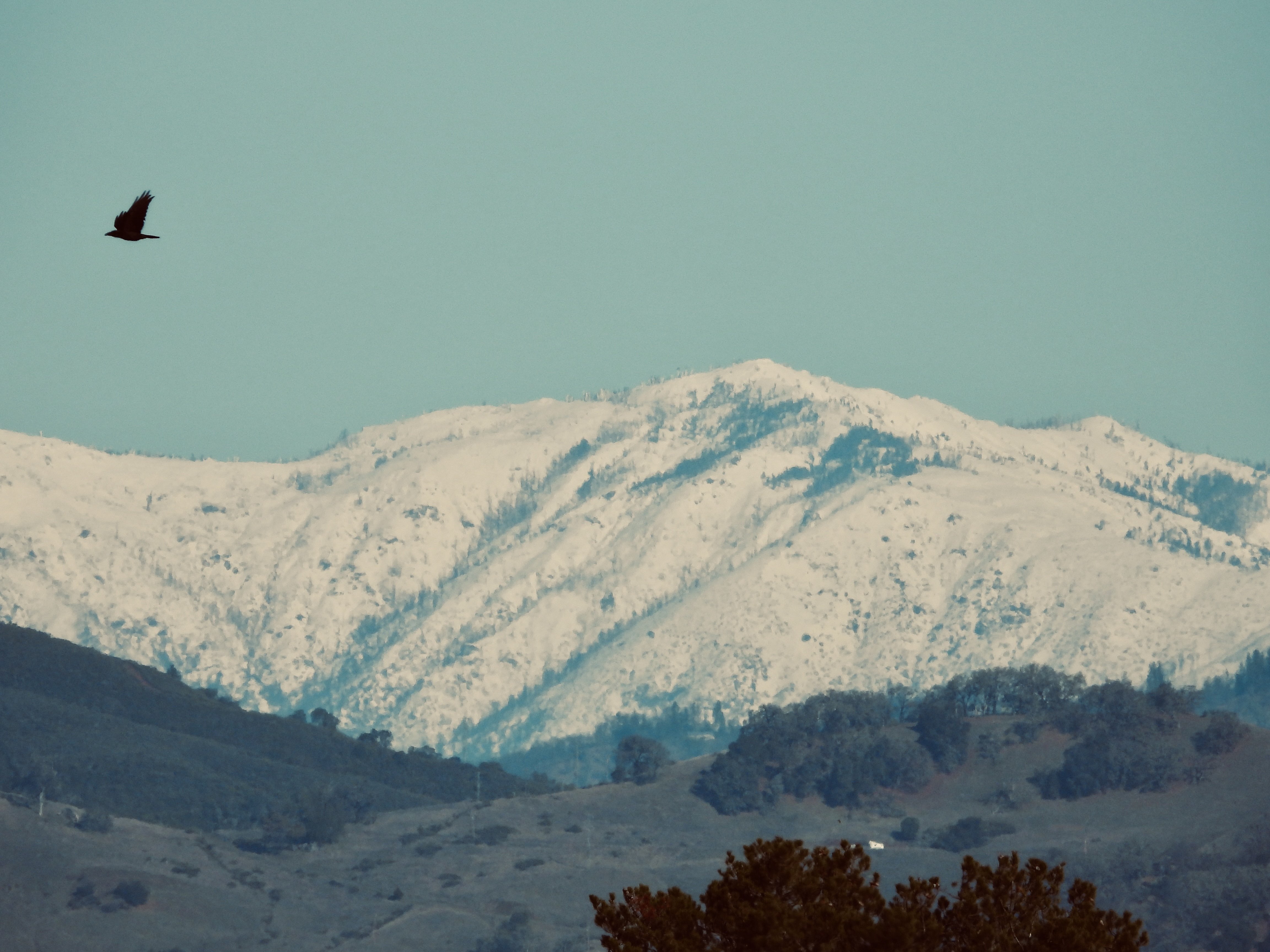The following is a press release issued by the Office of California Attorney General Rob Bonta:

California Attorney General Rob Bonta today issued guidance with best practices and mitigation measures for local governments considering approval of development projects in fire-prone areas. Wildfires are part of California’s present, and as a result of climate change, increasingly part of California’s future. Eight of the 10 largest wildfires in California history have occurred in the past decade. As local governments consider new development projects, it is imperative that they carefully analyze and mitigate wildfire impacts as part of the environmental review process required by the California Environmental Quality Act (CEQA). The Attorney General’s guidance is intended to help local governments design development projects in a way that minimizes impacts to wildfire ignition, emergency access, and evacuation, and protect California’s residents and the environment.
“Local governments have a responsibility to address wildfire risks associated with new development projects early in the planning process when changes to these projects can still be made,” said Attorney General Bonta. “The climate crisis is here, and with it comes increasingly frequent and severe wildfires that force mass evacuations, destroy homes, and lead to tragic loss of life. We must build in a way that recognizes this reality. This guidance is intended to provide local governments with concrete considerations and specific mitigation measures for new developments in wildfire prone areas so that five, 10, or 20 years down the line, we aren’t faced with a catastrophe that could have been avoided.”
Recent changes in fire frequency, intensity, and location are posing increasing threats to the residents and environment of California. More acres of California have burned in the past decade than in the previous 90 years. While lightning has historically been a common cause of fire, in recent years, many of the state’s most destructive fires have been caused by human activity, with catastrophic consequences. Since 2010, wildfires have killed nearly 150 people in California, and since 2005, wildfires have destroyed over 97,000 structures, requiring mass evacuations and exacerbating California’s housing crisis.
Residential developments in the wildland-urban interface and other wildfire prone areas can significantly increase the risks of wildfires and the related risk to public safety. Introducing more people via additional development increases the likelihood of fire ignition, which may then develop into a wildfire. Building housing in the wildland-urban interface also puts more people in harm’s way, and may hinder evacuation routes and emergency access.
CEQA requires that state and local agencies disclose and evaluate the significant environmental impacts of locating development in areas susceptible to hazardous conditions – such as wildfire – and adopt all feasible mitigation measures to reduce or eliminate those impacts. The Attorney General’s guidance is based on the California Department of Justice’s experience reviewing, commenting on, and litigating several planned development projects in wildfire prone areas.
The guidance sets out best practices and mitigation measures for topics including:
- Project Density: Project density influences how likely a fire is to start or spread, and how likely it is that the development and its occupants will be in danger when a fire starts. Local governments should strive to increase housing density and consolidate design, relying on higher density infill developments as much as possible.
- Project Location: Project placement in the landscape relative to fire history, topography, and wind patterns also influences wildfire risk. Local governments should limit development along steep slopes and amidst rugged terrain to decrease exposure to rapid fire spread and increase accessibility for fire-fighting.
- Water Supply and Infrastructure: As part of evaluating a project’s wildfire risk impacts, local governments should analyze the adequacy of water supplies and infrastructure to address fire-fighting within the project site. Local governments should consider requiring on-site water supply or storage to augment ordinary supplies that may be lost during a wildfire.
- Evacuation and Emergency Access: Evacuation modeling and analysis should be completed prior to the development’s approval and include evaluation of the capacity of surrounding roadways, project impacts on existing evacuation plans, and proximity to existing fire services, among other factors. Local governments should consider placing developments close to existing road and evacuation infrastructure, and where appropriate, constructing additional roads to facilitate evacuations.
- Fire Hardening Structures and Homes: Home hardening has been shown to be an extremely effective measure for preventing structure loss during a wildfire. Local governments should require developers to upgrade building materials and use installation techniques to increase the development’s resistance to heat, flames, and embers beyond what is required in applicable building codes.
A copy of the guidance is available here.









“California Attorney General Issues Guidance to Local Governments to Mitigate Wildfire Risk from Proposed Developments in Fire-Prone Areas”
…. now there is a brain-trust of fire safety knowledge.
but then again maybe the former AG could tear herself away from the border matters and lend her expertise.
Omg. Best thing you can do is get to know your neighbors and establish community watches during risk months. Community non electric hand crank alarm? Got one? Clear roads, got one?
Oh right, also make sure your local PGand E station isn’t all overgrown, neglected and starting fires.
https://m.youtube.com/watch?v=3D29nNH8w6k&t=53s&pp=2AE1kAIB